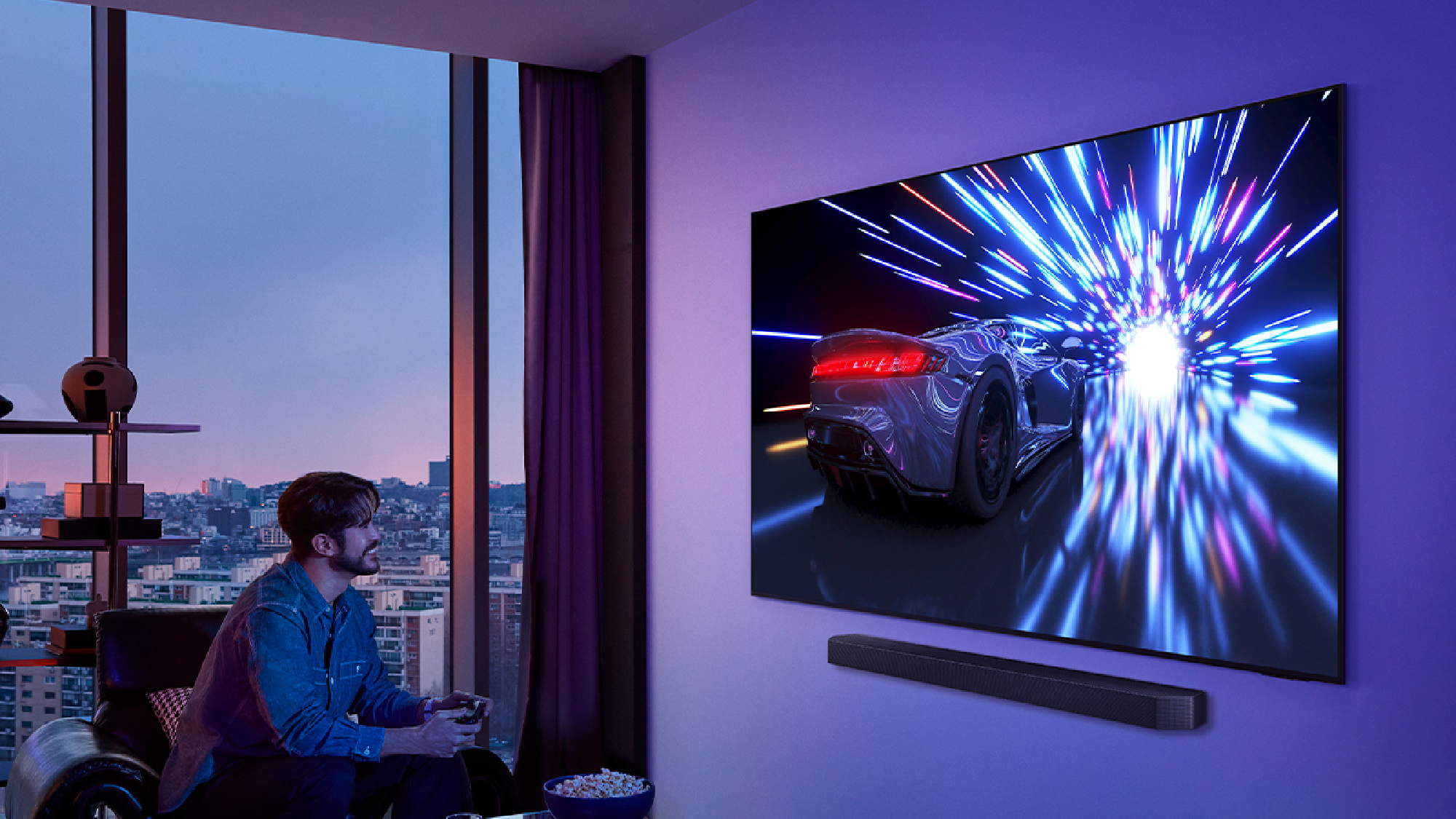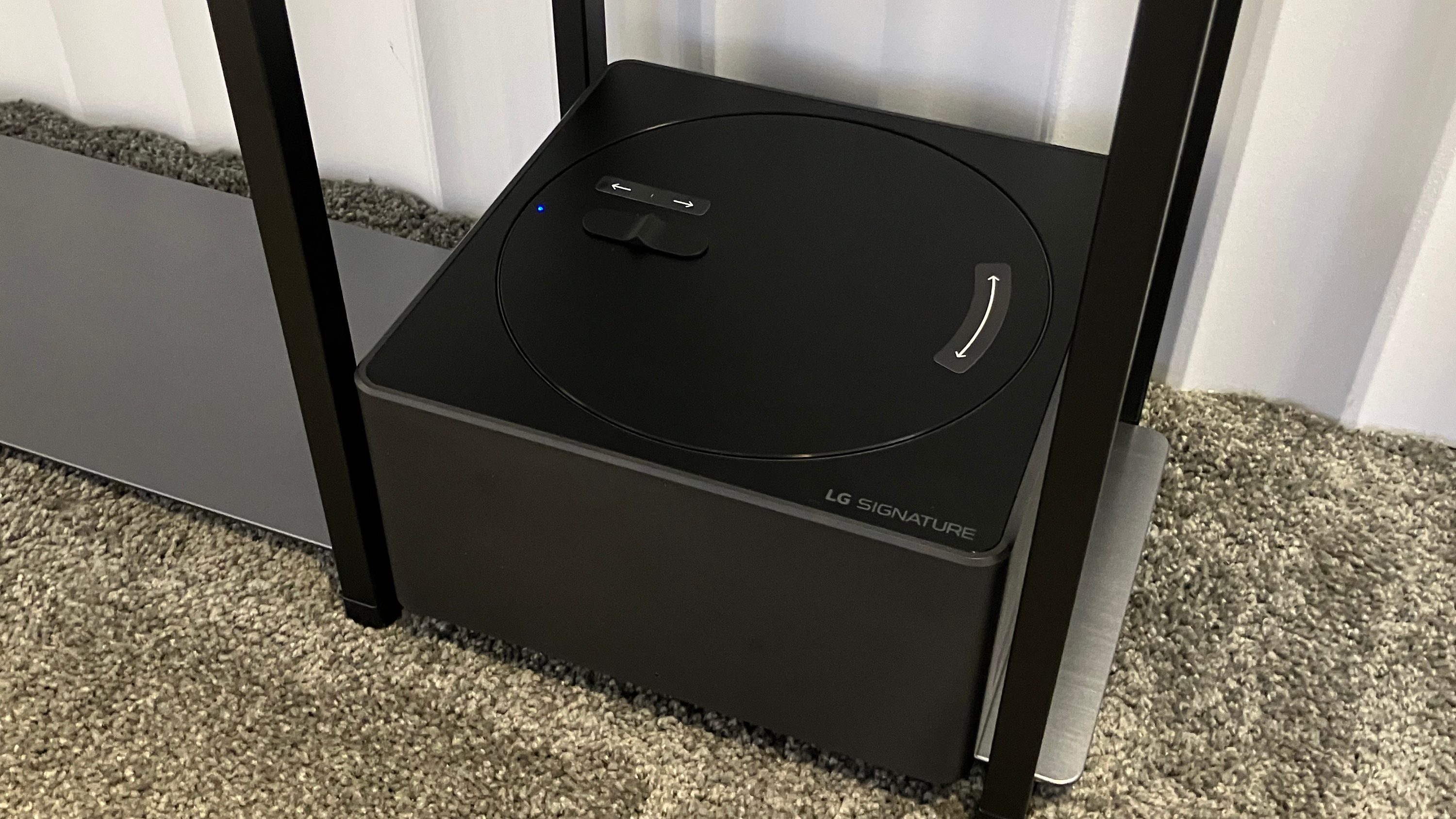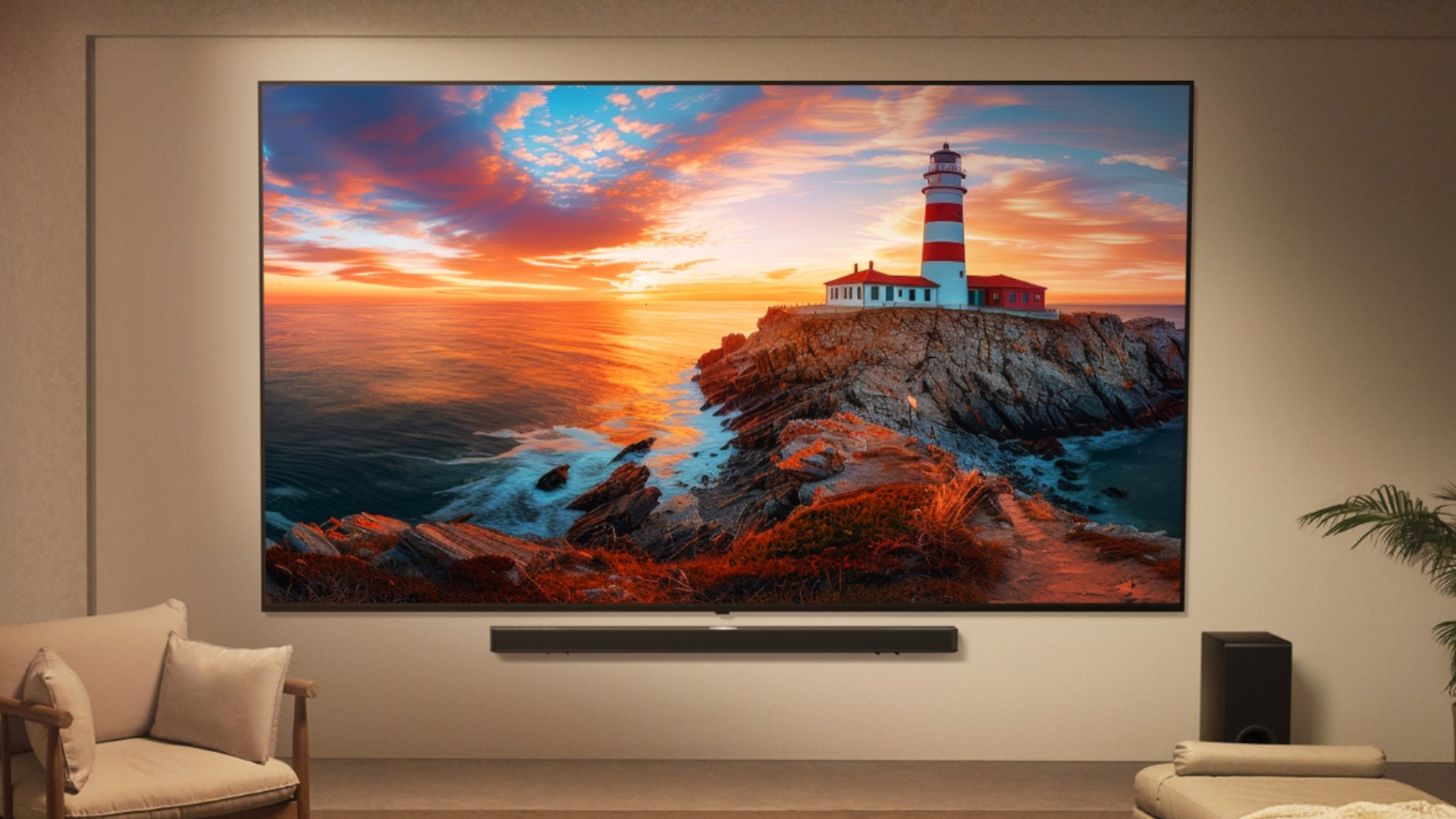Wireless TVs are on the rise and could be the future of displays — here's why they're both good and bad

There's a very good chance that, when you go to buy your next TV, it won't connect directly to your soundbar, game systems or streaming players via HDMI. Instead it could be a wireless TV that takes all of its inputs and outputs, and houses them in a box that sits a few feet away from your screen.
Samsung is a huge proponent of the wireless TV movement, bringing to market two new models this year in the QN990F 8K Mini-LED and The Frame Pro QLED. They both use Samsung's Wireless One Connect Box, which houses all the I/O, including HDMI and USB ports.
LG has a similar technology, which it calls the "Zero Connect Box," and it's being added to two of its TVs this year including one of its Mini-LED TVs.
Wireless TV tech tended to be relegated to the most premium sets in a lineup, but both LG and Samsung might be testing the waters to bring the technology to the masses. Not sure how to feel about wireless TVs? Here's the good and the bad of cable-free tellies.
The Frame Pro revamps everything we love about Samsung's base The Frame, bringing art-deco chic to the home like Picasso intended. With The Frame Pro, your TV becomes a world of wonder, reshaped into a bevy of varied paintings and pictures set across over 3,000 different options. It's built on Mini-LED backlighting with Samsung's wireless one connect box, gifting it the wire-free look of a true work of art. A dynamic frame rate also ensures your TV doesn't chew through your energy bill.
Wireless TVs: The good

Everyone hates the looks of wires dangling from the walls or the back of the TV, but there's really no getting around it. Add to that the annoyances of having to shift the display a certain way to get back to all of its I/O whenever you want to change an HDMI input or add one of the best soundbars to your entertainment setup.
That's where wireless TVs make a huge difference. The wireless box houses all of the external connections, making it far easier to switch out devices. You'll have the freedom of placing the box practically anywhere within about 10 meters (30 feet), but the closer the better in my opinion.
When you mount the TV to a wall, you won't have any wires to deal with (aside from the power cord).
Plus, wireless TV boxes also give your entertainment setup more flexibility. When you mount the TV to a wall, you won't have any wires to deal with (aside from the power cord). And, even if you forego the wall mount for a conventional stand instead, you won't have to fret about wire management behind the display.
Get instant access to breaking news, the hottest reviews, great deals and helpful tips.
That makes your home entertainment setup look far cleaner and less messy. As someone who owns a wall-mounted TV with wires dangling from the back, wireless connectivity would be a welcome addition largely for the looks and simplicity of use. But they don't come without some faults.
Wireless TVs: The bad

While you might like the way wireless TVs look on the wall, there are some things to consider before jumping up to buy one on the spot: For starters, you most likely won't find any of these types of displays among the best gaming TVs, largely because of latency.
Next to the refresh rate, input latency is one of the most important facets for a gaming display. This pertains to the speed with which an input appears on-screen, be it your TV remote or your PS5 Pro DualSense Controller. And, based on our testing, input latency takes a major hit on wireless TVs.
Take as evidence our recent hands-on with the Samsung QN990F 8K Neo QLED TV. In our initial testing at Samsung's facilities, the wireless 8K TV measured an input latency of 35.4ms. That's an absurd number, something well above the average 10ms we like to see on our favorite gaming sets.
When our sister site TechRadar performed the same measurement on Samsung's The Frame Pro, another TV that uses Samsung’s Wireless One Connect Box, they measured between 35-37ms at 4K 60Hz.
The good news is that regular One Connect Boxes don't add extra latency. We tested the Samsung S95F OLED's input latency at 9.5ms in game mode, which is major leap over the 8K set. In short, gamers will want to stay away from wireless TVs until manufacturers find a way to bring down the input latency.
Wireless TVs: Outlook

It's obviously too early to tell just how far this new wireless TV movement might go, but it is moving surprisingly fast; Samsung only just launched its wireless box this year and LG's version is under two years old.
LG might be adding the Zero Connect box to only two of its designs, but the fact that the cheaper QNED9M Mini-LED TV is getting the wireless treatment shows that it's exploring the possibility of more affordable wireless TVs. If the QNED9M sells well, it could spark a huge push in the market, with TCL, Hisense, and even Sony opting to copy the formula across the lineups.
Outside of the issues around input latency, the main issue for most wireless sets is pricing, but LG's QNED 9M could rectify these concerns in the long term.
Love them or hate them, if prices come down and their popularity grows, wireless TVs could become the norm in just a few short years.
More From Tom's Guide
- Samsung TV lineup 2025: new OLED, Neo QLED and 8K TVs announced at CES
- Is this the beginning of the end of HDMI? Here’s what you need to know about GPMI
- Sony TV lineup 2025: new OLED, Mini-LED, and LED TVs releasing this year

Ryan Epps is a Staff Writer under the TV/AV section at Tom's Guide focusing on TVs and projectors. When not researching PHOLEDs and writing about the next major innovation in the projector space, he's consuming random anime from the 90's, playing Dark Souls 3 again, or reading yet another Haruki Murakami novel.
You must confirm your public display name before commenting
Please logout and then login again, you will then be prompted to enter your display name.

